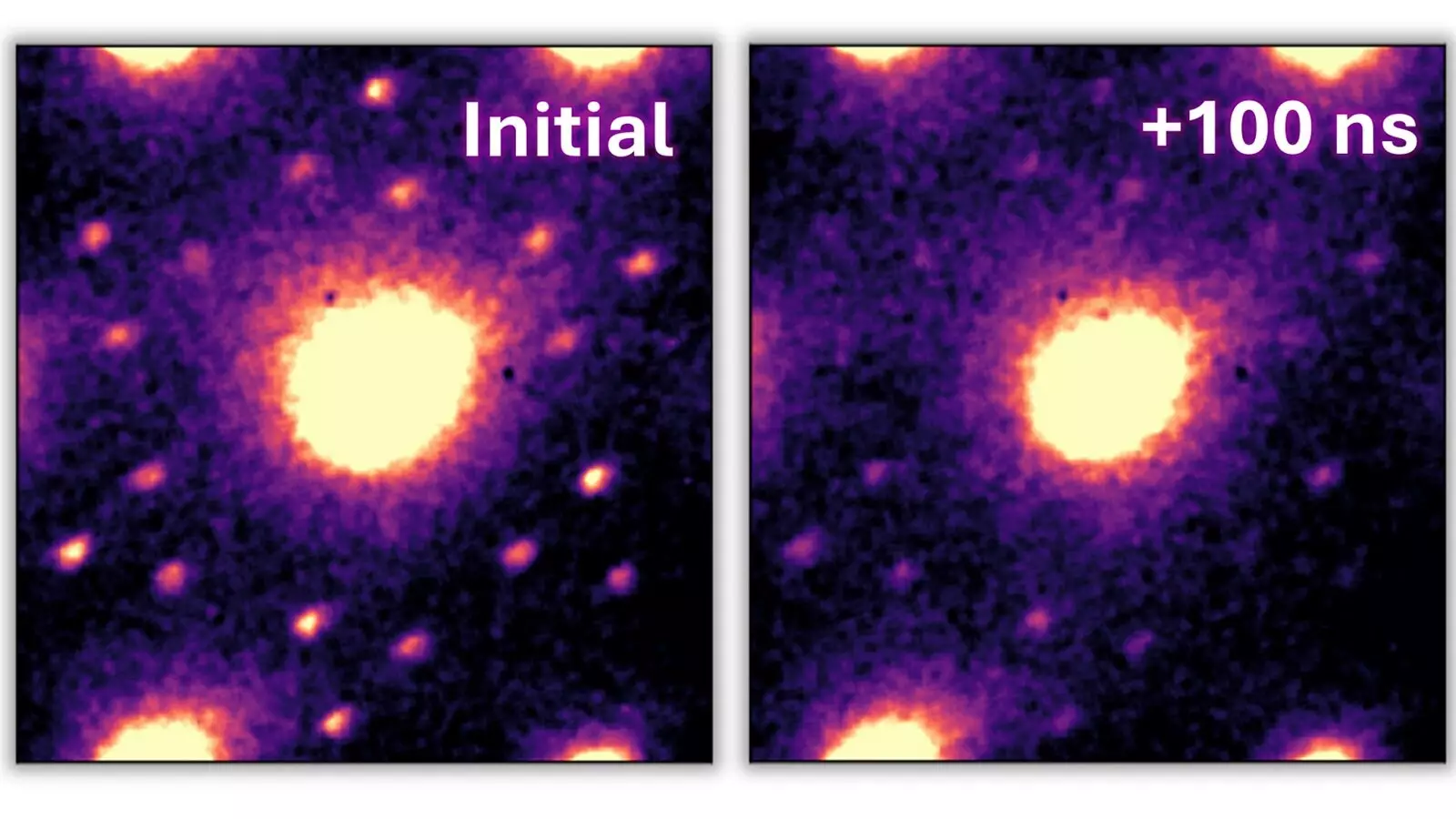In an era where technological advancement is paramount, the supercomputing realm finds itself at a crossroads marked by an alarming energy crisis. Current supercomputers exhibit colossal energy demands, mirroring the power consumption of entire cities. As the thirst for faster, more capable machines grows, so does the urgency to address their detrimental ecological footprint. It is imperative that we harness innovative technologies not merely as an afterthought, but as proactive measures to redefine computational efficiency.
Harnessing Nature’s Intelligence through Neural Networks
To combat the energy inefficiencies of existing computing paradigms, researchers are pivoting towards artificial neural networks (ANNs), architectures inspired by the human brain’s functional mechanics. These networks are not just an abstract concept; they are a doorway to implementing a transformative approach that mimics neuronal processes. The notion of using charge density waves as a mechanism for computation brings us a step closer to realizing the dream of brain-like computation efficiency. Charge density waves consist of oscillating electron patterns that enhance resistance to electron movement, offering fertile ground for developing faster, more sustainable microelectric systems.
The most exciting aspect of this approach lies in its potential applications, which extend beyond mere computational speed. The ability to control these charge density waves could lead to breakthroughs in sensing technologies, pushing the boundaries of what’s possible in fields ranging from robotics to environmental monitoring. By mimicking biological systems, we may witness the dawn of computing that not only processes information faster but does so with an ecological conscience.
Deciphering Charge Density Waves: Insights from Argonne National Laboratory
Researchers at the U.S. Department of Energy’s Argonne National Laboratory are at the forefront of this exploration. Utilizing the ultrafast electron microscope, they have unveiled new insights into charge density waves in tantalum sulfide, specifically 1T-TaS2. Previous theories proposed that electric pulses could drive resistance switching, but groundbreaking findings revealed nuances in this process.
One startling realization was that the charge density waves respond to thermal fluctuations caused by injected currents, rather than the currents themselves. This redefined our understanding of electron behavior at this nanoscale. The second observation—an unexpected drum-like vibration across the material—further complicates our perception of how electricity influences these waves. Such insights into manipulating wave states not only align with the operational mechanisms of biological neurons but also hint at potential neuron-like signaling in artificial neural networks.
These revelations mark a significant leap in our quest to elucidate the dynamic behaviors of charge density waves, allowing us to visualize and comprehend phenomena that previously eluded observation. The ultrafast electron microscopy technique stands as a testament to human ingenuity, capable of unlocking secrets hidden at nanosecond timescales.
The Path Forward: Rethinking Microelectronic Materials
As the landscape of microelectronics evolves, materials such as 1T-TaS2 present exciting possibilities. With its properties as a nanoscale layer and responsiveness to electric manipulation, this tantalum sulfide could be the cornerstone for the next generation of energy-efficient devices. The implications of controlling charge density waves extend beyond simple computation—they could reshape our capabilities in energy-efficient technologies across multiple disciplines.
The push for smaller, faster devices will require meticulous attention to how we design and implement new materials. Understanding the underlying mechanisms of charge density wave manipulation becomes paramount. This knowledge not only enhances performance metrics but also provides pathways for sustainability in tech development.
Ultimately, this research highlights a crucial pivot towards energy-efficient computing. As we continue to push the frontier of supercomputing, we must not overlook the need for strategies that balance performance with environmental responsibility. The integration of neural-like properties in computing technologies may just be the key to unlocking truly revolutionary systems that can scale responsibly as our digital needs expand.
The advancements at Argonne are not merely academic; they lay the groundwork for real-world applications that could outpace existing technology while maintaining a commitment to sustainability. We are on the brink of an unprecedented transformation in supercomputing—one that champions efficiency and environmental ethics.

